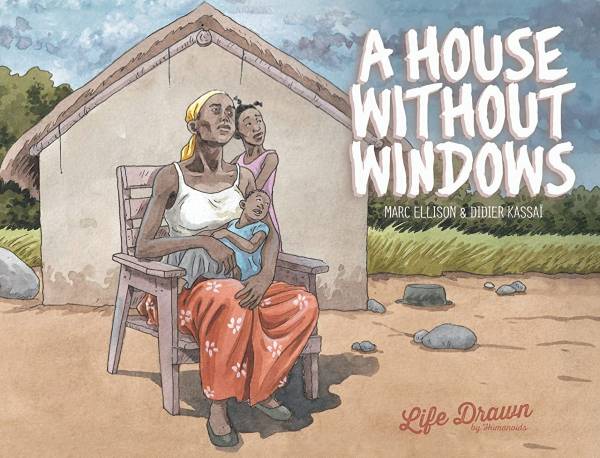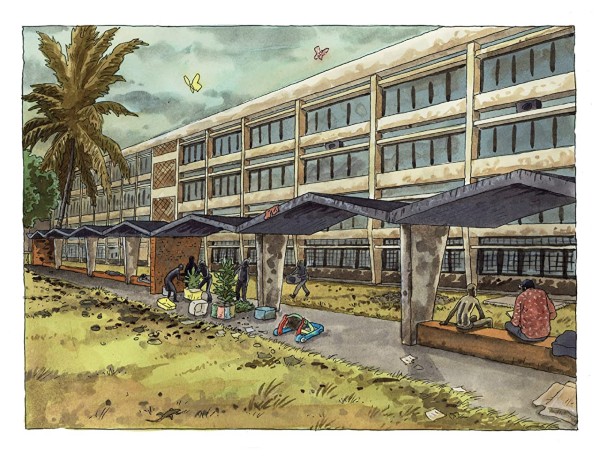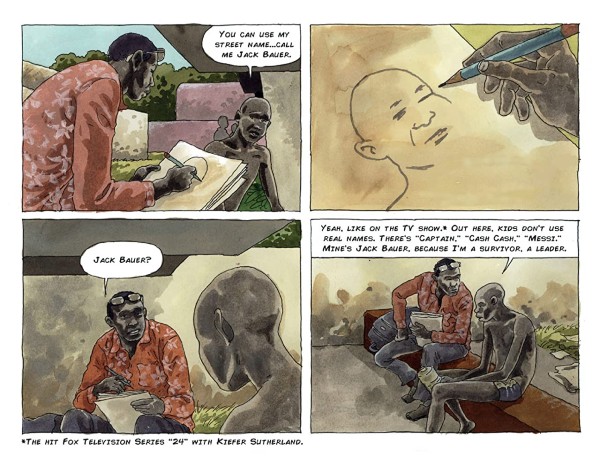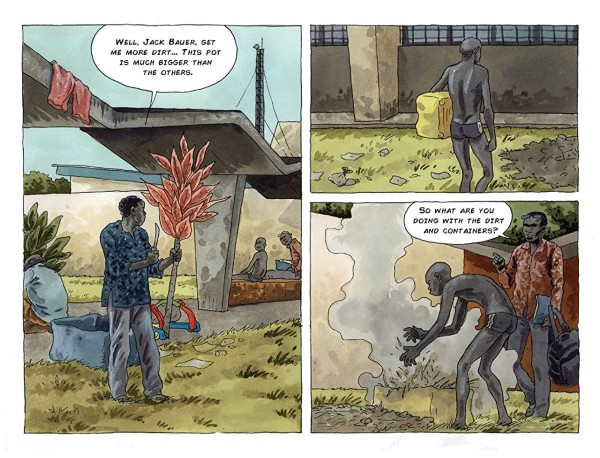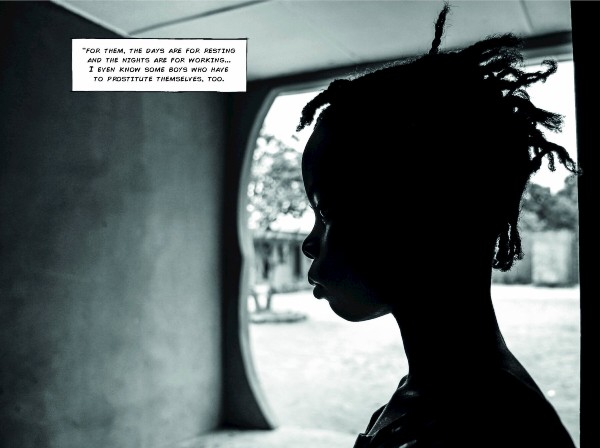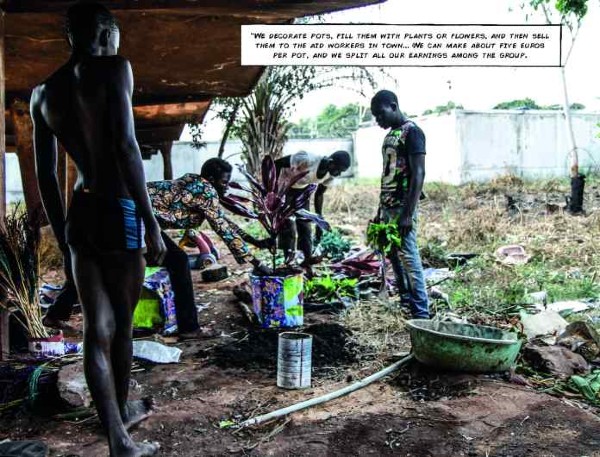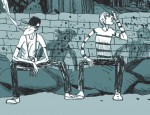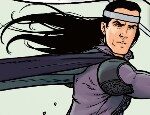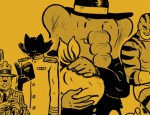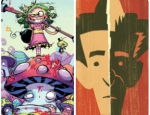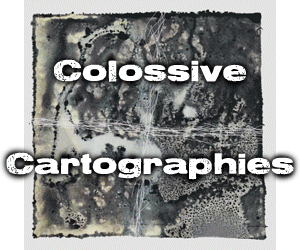A House Without Windows is an important and necessary read to acknowledge the current state of affairs in the Central African Republic and to look through the windows provided for us – extensively, through panel borders, the camera lens, and virtual reality video footage – to witness the ‘forgotten crisis’ that culminates in a mass of homeless and neglected children.
These children are at the heart of A House Without Windows. In fact, artist Didier Kassaï and photojournalist Marc Ellison are attempting to counteract this previous lack of attention through their multi-media approach, in essence giving the scenes through the ‘window’ their best chance of getting noticed. They rigorously document the myriad of humanitarian issues, resulting from a coalition of causes: prevalent accusations of witchcraft that often lead to violence, child labour in the diamond mines, religious conflict, malnutrition, malaria, theft, rape, and many, many more.
The insights around the various tensions and conflicts in the Central African Republic produce a narrative that has a two-fold effect. Not only does A House Without Windows illuminate these issues and the complexity of the situation – in one scene, a diagram is needed to be drawn to help Kassaï understand what is happening – but also the ideological consequences of taking a few as representative of the whole. This comes through in the wildfire claims of ‘witchcraft’, spread among students at the school and adults in the villages alike. Once that label is whispered, it becomes bigger than itself and sweeps from mouth to mouth until action is taken to re-instate the perceived control of the situation – with devastating consequences.
What is needed in the case of this forgotten crisis, of these continual conflations of parts for the whole, is for a dialogue to open up and for the other to truly be seen and listened to. This is what Marc Ellison and Didier Kassaï are trying to do: telling the stories of a few children to ensure they are not forgotten as part of a whole – not just as an example against those who seek to hurt them, but to distinguish them also in the minds of those who may be able to help: the reader. The result is a work that demands this acknowledgement.
In A House Without Windows, the art and photography work in tandem to bring home the reality of these children’s lives, their stories, and their personalities. Jumping between Kassaï’s comic panels, sharing their stories in careful detail, to Ellison’s photographs, reminding the reader that these are real children, ensures the reader does not forget the very factual accounts shared. Kassaï’s watercolours are soft and subtle, they do not overpower the narrative but still hold enough weight to add depth and colour to the scenes depicted.
As Delphine Chedorge, Head of Mission and MSF Medical Coordinator, says in the afterword: “By putting the subject of children at the center of their work, they show the social, political, and health problems as well as reminding us of what needs to be done”. You can head to www.msf.org to find out more about the selfless work done by Doctors Without Borders.
Didier Kassaï & Marc Ellison • Humanoids, $19.99/£16.99
Review by Rebecca Burke





